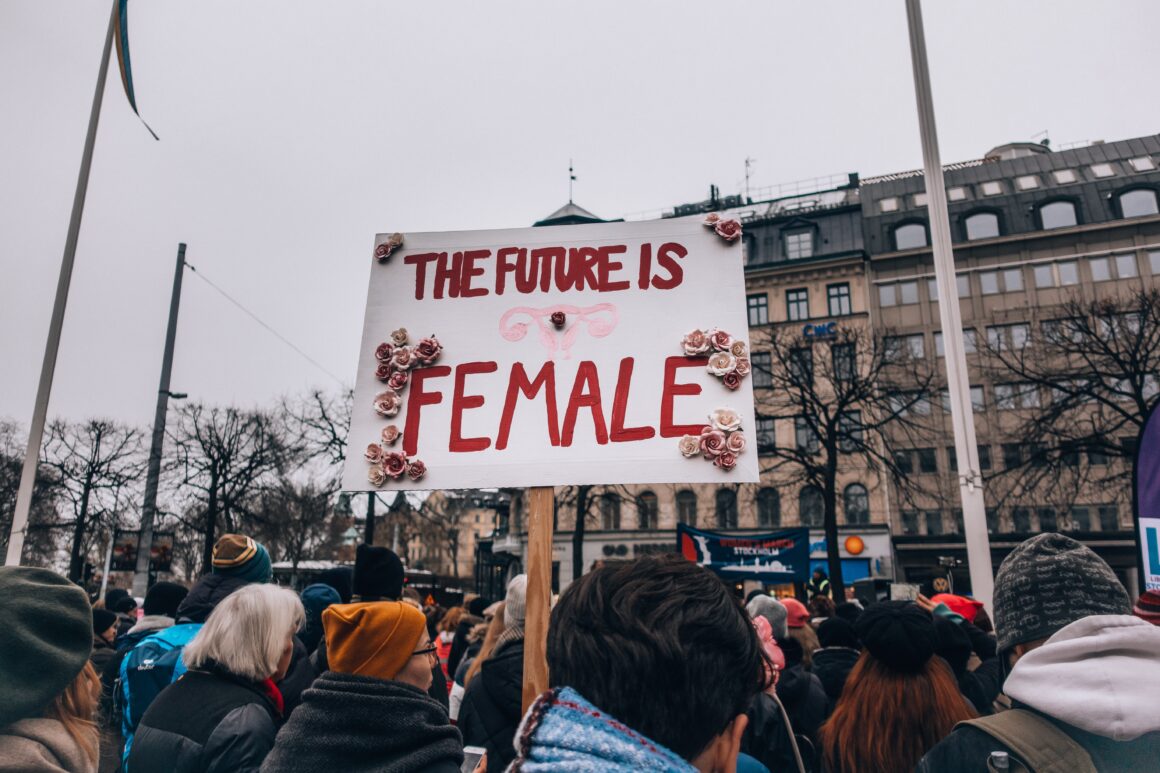In this day and age, feminism is a well-known concept. As early as 1848, organized feminism emerged in the form of mass gatherings, kicking off with the first Women’s Conference in Seneca Falls. At these conferences, women began to recognize that if their ultimate goal of equality was to be met, they would have to initiate change themselves.
Since that time, significant breakthroughs have been made, and women have successfully defied expectations time and time again. Yet here we are, in the twenty-first century, and many feminists are failing to acknowledge one crucial factor of feminism: intersectionality.
Intersectionality may strike some as a subcategory of ‘regular’ feminism, but in reality, it is simply a broader set of expectations for feminism as a whole.
Essentially, the goal of intersectionality is to promote acceptance towards women of all backgrounds, regardless of race, ability, sexual orientation etc, not just caucasian women, as early feminism focused on.
The term, coined in 1989 by American professor and civil rights activist Kimberlé Crenshaw, finally gave a name to a previously existing concept that had little exposure to, and understanding, by the public.
Crenshaw’s work has explored the many aspects of black feminism, arguing that the events experienced by women of color are not comparable to those of a caucasian woman because they are two very separate levels of privilege. She also introduces three other topics of intersectionality pertaining to women of color: structural, political and representational intersectionality.
Crenshaw’s ideas of intersectionality are qualitative examinations of how women of color experience domestic violence and rape in a different sense than caucasian women do. Political intersectionality dissects the way in which women of color experiences are often swept under the rug and how the visibility of their stories is minimized. Lastly, political intersectionality confronts how current pop culture can give many a warped view of women of color and can portray their real-life experiences falsely or inaccurately.
Another prominent figure in representational and intersectional feminism is Kavita Krishnan, Indian secretary of the All India Progressive Women’s Association. Krishnan has helped India evaluate the stigma surrounding sexual assault following the December 16, 2012, gang rape incident. Krishnan has fought to change India’s laws on crimes against women which is especially vital to a country in which it is the woman that is frowned upon in her own case of sexual assault. Issues that were once considered ‘radical’ in India are now being addressed accordingly thanks to Krishnan’s indomitable activism, and continue to gain much support from the public.
Together, these concepts aid in differentiating between racial experiences and further the need for representation in feminism.
Crenshaw’s take on intersectionality and Krishnan’s fight for awareness are the same ones that should be applied to women of all backgrounds and abilities; they all deserve this same amount of representation and acceptance.
So, because the concept of feminism has been so heavily rooted in, and applied to, white, heterosexual, cisgender, able-bodied, middle-class women, it frequently overlooks the central idea of feminism. The feminist ideology is to ensure social, political and economic equality in relation to that of men’s. Why society has neglected to include all women is beyond me, but is, inarguably, unacceptable.
With this idea in mind, feminism must be wholly inclusive of all women and dismiss any and all oppressive institutions including but not limited to, racism, sexism, classism, ableism, homophobia, transphobia, xenophobia, and religious judgment.
Feminism is not one concept designed for one specific group of people. It should not exclude certain individuals simply because of differences in lifestyle or skin color. What is the purpose of being a feminist if you are unwilling to accept and stand with women of all backgrounds?
To better our community, I advise that self-proclaimed ‘feminists’ pledge to instead become intersectional feminists and support all women. Who knows what untapped potential could be released once all women are treated with the same respect that traditional feminism promises?


